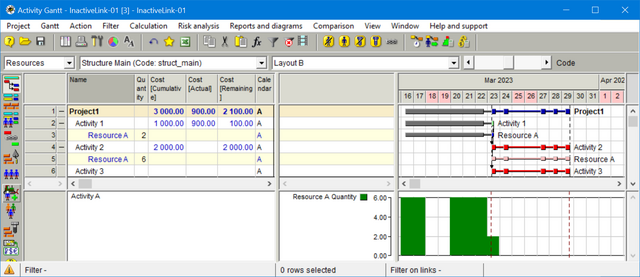Vladimir, Rafael,
How do you suggest to handle activities that are finished but they have remaining quatities?
Explanations:
I do not use earned value to track work. 99.99% contracts, either Design and Built, either Build will have bill of quantities which will be used to pay for work done.
There is a need to track progress over time and compare it to the Baseline schedule. In order to do so I track 3 progress items:
- Quantity progress - Actual Volume/Baseline Volume;
- Financial progress (Value progress would be more accurate) - Actual Money of Volume of Work Done/Baseline Money of Volume of Work Done - this progress quantifies the money of the volumes of work done;
- Income progress - Actual payments from Owner / Baseline payments from Owner;
This is very easy to understand for anyone, especially some people who have limited knowledge of schedules, project management etc.
I thus get 3 graphs with 6 S curvers for actual vs planned (3 actual, 3 as planned).
Here is my problem. In many cases the activity is finished (ex: all concreting activities ar finished) but quantities remain. The Owner does not issue a change order until the project is finished or almost finished.
How do you handle these quatities and their equivalent in money?
You cannot remove remaining qunatities since you do not have a change order, and even if you did remove them the first 2 progress indicators will drop since you will execute only 93% of the project (for example), however if you leave them in the schedule the indicators will be faulty because you will have less progress than you actualy have.
Also if you leave them how do you leave them in the schedule? Imagine a 1000 activity schedule, of which 300 activities having between 0,10% to 10% volume work that will never be executed...At first I though it will not be a problem...but then I ran into sever problems like...handling 300 activities with remaining work, faulty logic between activities due to these 300 that still have remaining work.
The only ideea I have to leave these quantities and their coreponding money is to create a dummy activity (milestone) linked to the last activity in the schedule. This activity will have all remaining volumes of work with the unit of volume undifined or "global units/units" and their coresponding money. But I think this is a poor way to handle this situation.
Any suggesions would be highly appreciated.
Best regards,
Bogdan







Replies